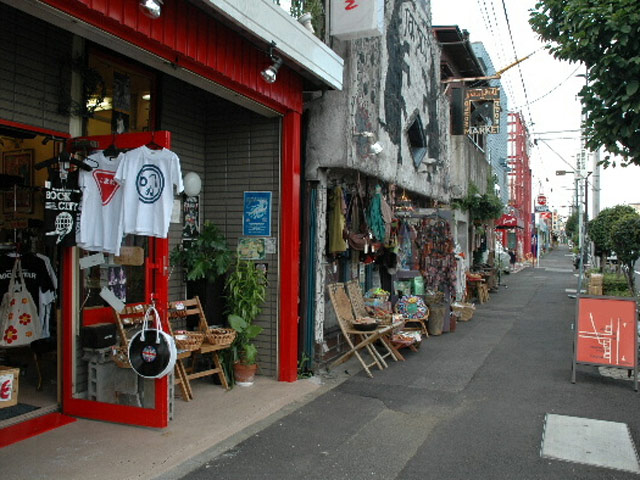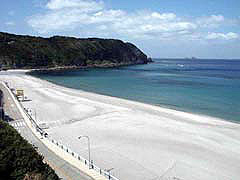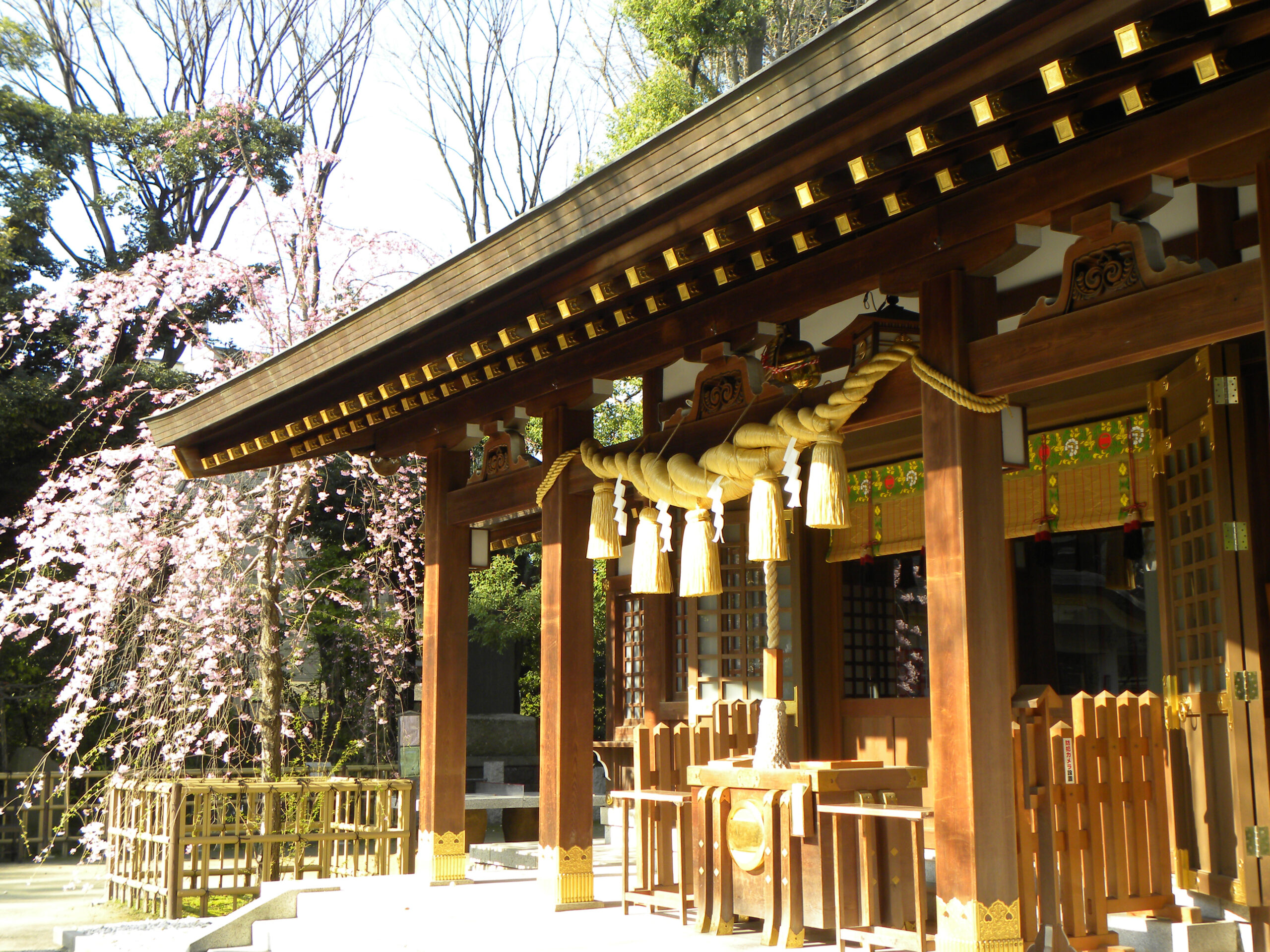
福生アメリカンハウス
米軍ハウスをコミュニティスペースとして一般開放したの「福生アメリカンハウス」。3LDKの室内は、建てられた50年代の雰囲気が再現され、当時のキッチン、リビングルームの雰囲気を楽しむことができる。
Info
Business Hours
Spot Category
The information provided reflects the details available at the time of the survey.
Please note that facility details may change due to the facility’s circumstances, so please check for the latest information before visiting.
This content has been translated using machine translation.
Information provided by: JTB Publishing
The content uses an automatic translation service, which is not always accurate.
The translated content may be different from the original meaning, so please understand and use it.

米軍ハウスをコミュニティスペースとして一般開放したの「福生アメリカンハウス」。3LDKの室内は、建てられた50年代の雰囲気が再現され、当時のキッチン、リビングルームの雰囲気を楽しむことができる。

福生市は面積の約3分の1をアメリカ軍横田基地が占める基地の街。その基地に沿って走る国道16号をベースサイドストリートと呼ぶ。ジーンズやアロハシャツなどの古着、アンティークや輸入雑貨、アーミーグッズなどの店が並び、独特の雰囲気の中での買い物が楽しい。国道から一歩入った裏通りの、昭和33年(1958)建築の米軍ハウスを利用したコミュニティスペース「福生アメリカンハウス」(住所:福生市福生2476-1福生G-14)では当時の雰囲気を再現。ギャラリースペースでは福生の歴史が垣間見られ、ベースサイドストリート公式グッズも販売。

令和6年(2024)6月9日(日)に「福室ほたる祭」が5年ぶりに復活。今回より、例年開催をしていたほたる通りを会場から除き、ほたる公園前から福祉センター先までのせせらぎ通りや福生市立福生第三中学校を祭り会場としている。ほたる公園では、地元の人が育てたゲンジボタルが飛び交う幻想的な光景をみることができる。また、ケータリングカーの出店やイベントなどの催し物も開催予定。

The white sand is beautiful and the most popular beach in Kozujima. The water is highly transparent. The Environment Agency's water quality survey has been the only one in Tokyo. Warden resident from August 1 to the end.

The ancient temple where the bell tower, the mizuya, and the kanyondō are designated as tangible cultural objects of the city. The bell tower is said to be erected in Tenpo 13 (1842), and is built by an Irimoya house, with copper-paneled sculptures of Suzaku, Seiryu, White Tiger, and Genbu, with a bell about 72cm in the center suspended. The Kannon-do, which is located at the top of the steep stairs, is said to be rebuilt in 1850, and is said to have been decorated with a lot of sculptural decorations, which is a good representation of the trend of the late Tokugawa period.

The shrine of Yukari Nitta, located a few minutes walk from Musashi-Nitta Station on the Tokyu Electric Railway Tama River Line. It began to be enshrined as Nitta Daimyojin in order to quell the spirit of Nitta Yoshikoshi (the child of Yoshisada), who was murdered by Yaguchi's passing in 1358. Also known by the Jōruri and Kabuki "Shinrei Yaguchi Watari", the middle-Edo orchid scholar and writer Hiraga Gennai visits, and the "yamori", which is made of sacred Shinotake in the precinct, is believed to be the birthplace of the demon arrow.
This website uses cookies so that we can provide you with the best user experience possible. Cookie information is stored in your browser and performs functions such as recognising you when you return to our website and helping our team to understand which sections of the website you find most interesting and useful.
Strictly Necessary Cookie should be enabled at all times so that we can save your preferences for cookie settings.
If you disable this cookie, we will not be able to save your preferences. This means that every time you visit this website you will need to enable or disable cookies again.
